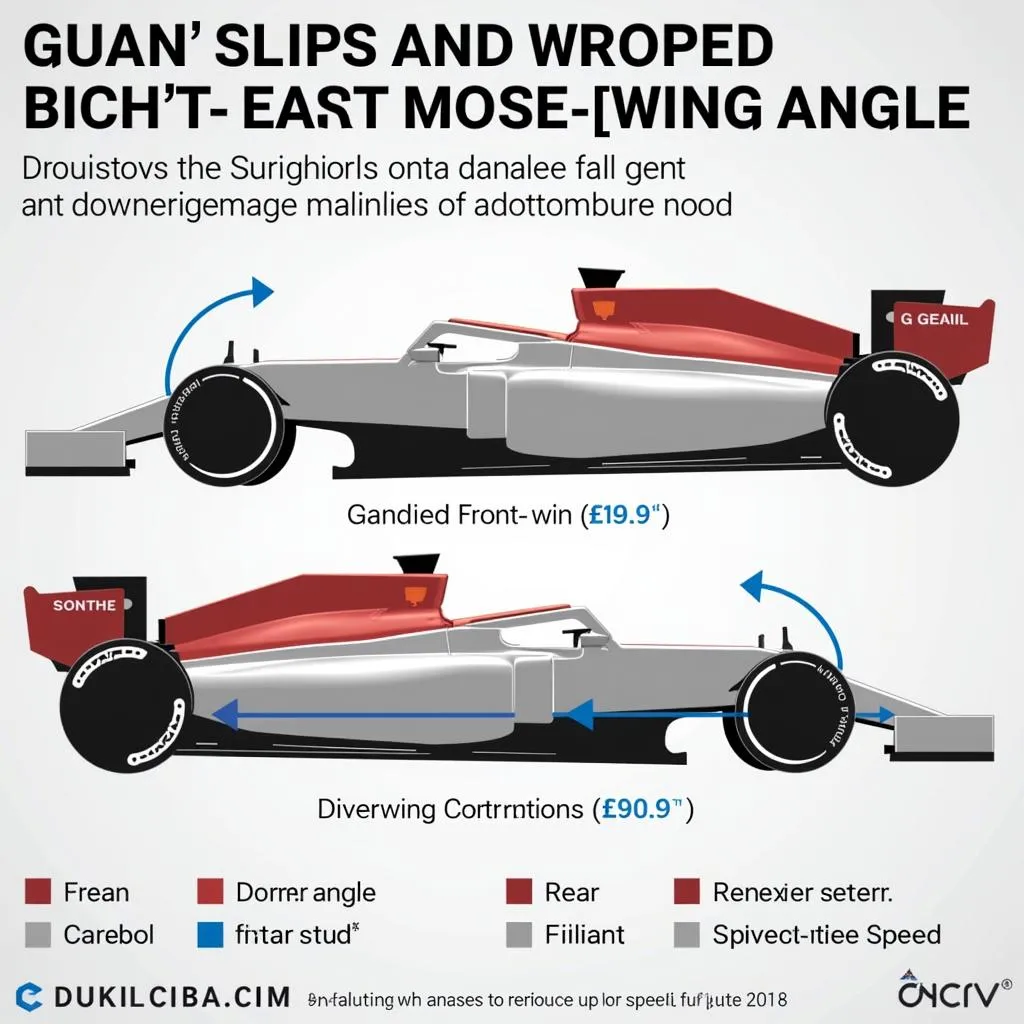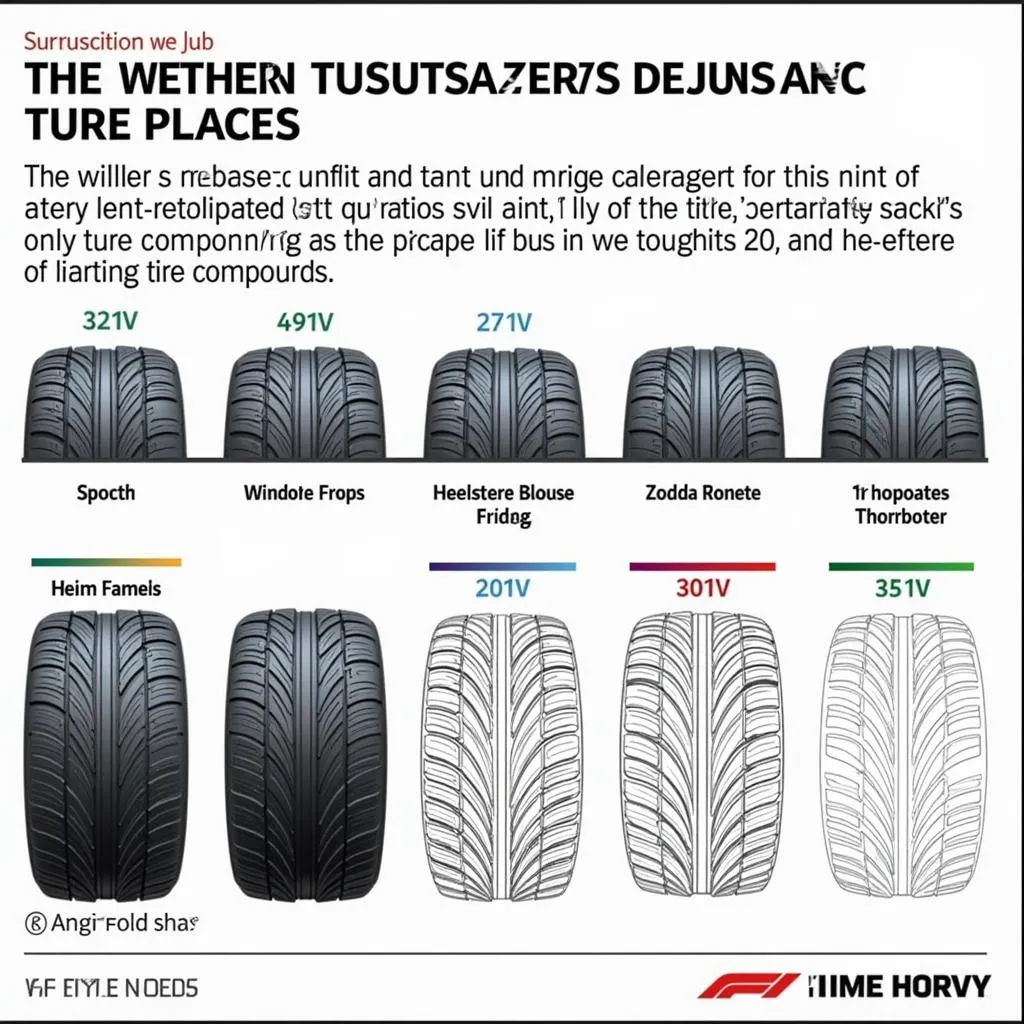Silverstone Circuit, the iconic home of British motorsport, presents a unique challenge in F1 24. Its high-speed corners, demanding braking zones, and unpredictable weather require a finely-tuned setup to conquer. This comprehensive guide will equip you with the knowledge to build a competitive F1 24 Silverstone Setup and dominate the British Grand Prix.
Understanding Silverstone’s Challenges
Before we dive into the setup, it’s crucial to understand what makes Silverstone tick. The circuit features a mix of high-speed and low-speed corners, requiring a delicate balance between downforce and straight-line speed.
Key considerations:
- High-Speed Corners: Silverstone is notorious for its high-speed turns like Copse, Maggotts, and Becketts, demanding high downforce for stability and grip.
- Heavy Braking Zones: Turns like Stowe, Vale, and Club require powerful brakes and stable aerodynamics to maintain control.
- Weather Variability: Silverstone’s unpredictable weather can change rapidly, demanding adaptability in your setup.
Crafting Your Winning F1 24 Silverstone Setup
Achieving the optimal Silverstone setup involves fine-tuning various car components. Let’s break down each area and explore the ideal settings.
Aerodynamics: Finding the Sweet Spot
Aerodynamic balance is paramount at Silverstone.
- Front Wing: Opt for a higher front wing angle (around 8-10) to generate downforce and enhance grip through the high-speed corners.
- Rear Wing: A slightly lower rear wing angle (around 6-8) will reduce drag on the straights, boosting your top speed without sacrificing too much cornering stability.
 F1 24 Silverstone Aerodynamics Setup
F1 24 Silverstone Aerodynamics Setup
Suspension: Striking a Balance
A well-tuned suspension setup ensures a stable and responsive car.
- Ride Height: A slightly lower ride height (around 3-4 at the front and 4-5 at the rear) will lower your center of gravity, improving cornering stability.
- Anti-Roll Bars: Stiffer anti-roll bars (around 6-8 at the front and 8-10 at the rear) will reduce body roll, enhancing responsiveness through the high-speed corners.
Brakes: Ensuring Stopping Power
Silverstone’s heavy braking zones require a powerful and responsive braking setup.
- Brake Pressure: A high brake pressure (around 90-100%) provides maximum stopping power without locking up the wheels too easily.
- Brake Bias: A slightly forward brake bias (around 53-55%) will help prevent rear-end instability under heavy braking.
Tyres: Selecting the Right Rubber
Tyre choice significantly impacts your Silverstone performance.
- Dry Conditions: Opt for the Soft or Medium compound for their grip and longevity.
- Wet Conditions: The Intermediate or Wet compounds offer superior traction in the rain.
 F1 24 Silverstone Tyre Selection
F1 24 Silverstone Tyre Selection
Fine-tuning for Success
While the above settings provide a solid foundation, fine-tuning based on your driving style and in-game feedback is crucial.
- Practice Makes Perfect: Dedicate ample time to practice sessions, experimenting with minor adjustments to fine-tune your setup and find the sweet spot for your driving style.
- Analyze Your Performance: Pay attention to your lap times, sector times, and car telemetry. Identify areas where you’re losing time and adjust your setup accordingly.
Expert Insights:
We spoke to James Smith, a seasoned F1 esports racer, for his insights on mastering Silverstone:
“Silverstone is all about finding the right balance between downforce and straight-line speed. Don’t be afraid to experiment with your setup during practice to find what works best for you.”
Conclusion
Conquering Silverstone in F1 24 demands a meticulously crafted setup that harmonizes aerodynamics, suspension, brakes, and tyre choice. By understanding the track’s unique challenges and implementing the guidelines outlined in this guide, you’ll be well on your way to dominating the British Grand Prix. Remember, practice makes perfect, and continuous fine-tuning based on your driving style and in-game feedback will ultimately lead you to victory lane.





